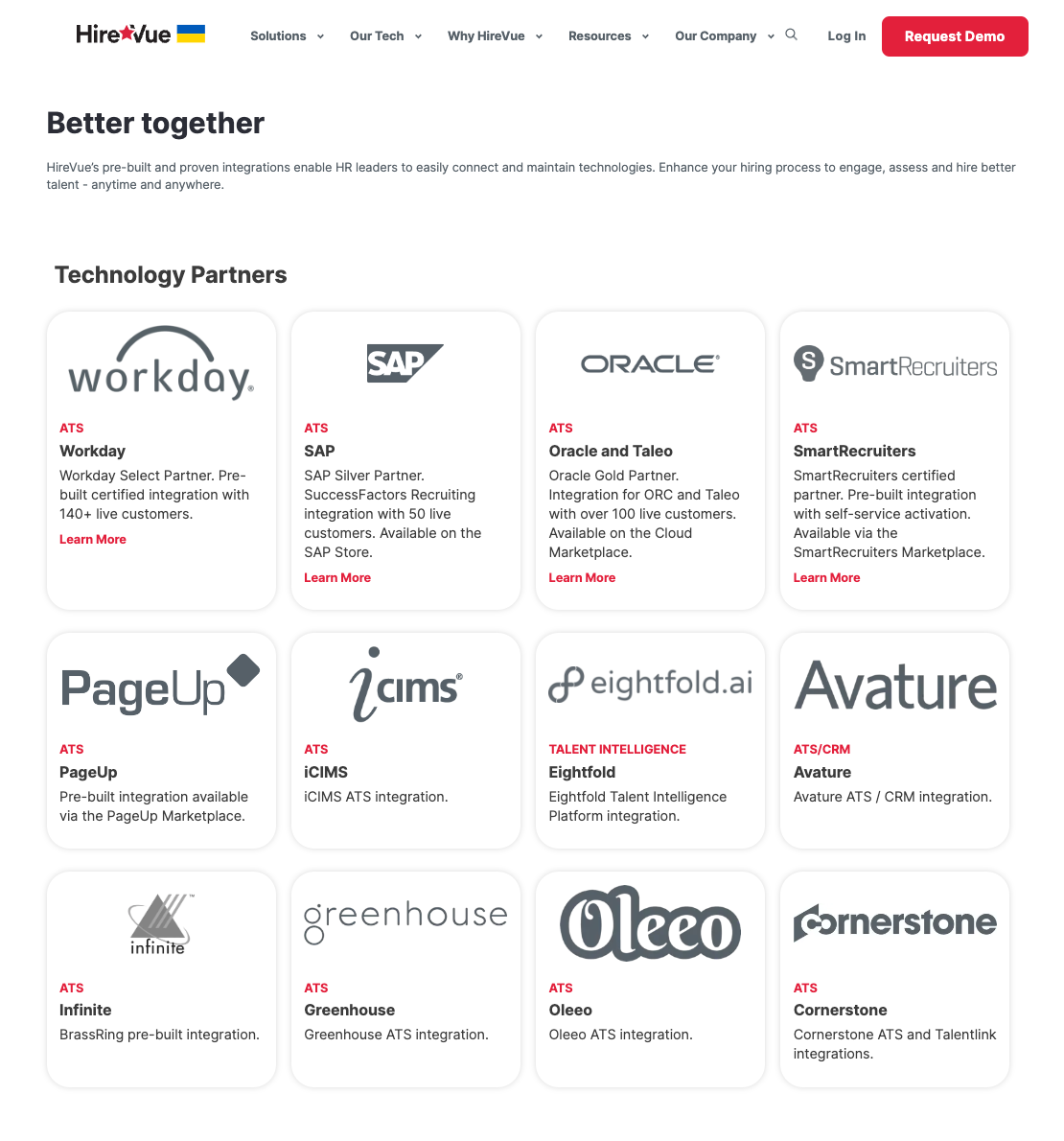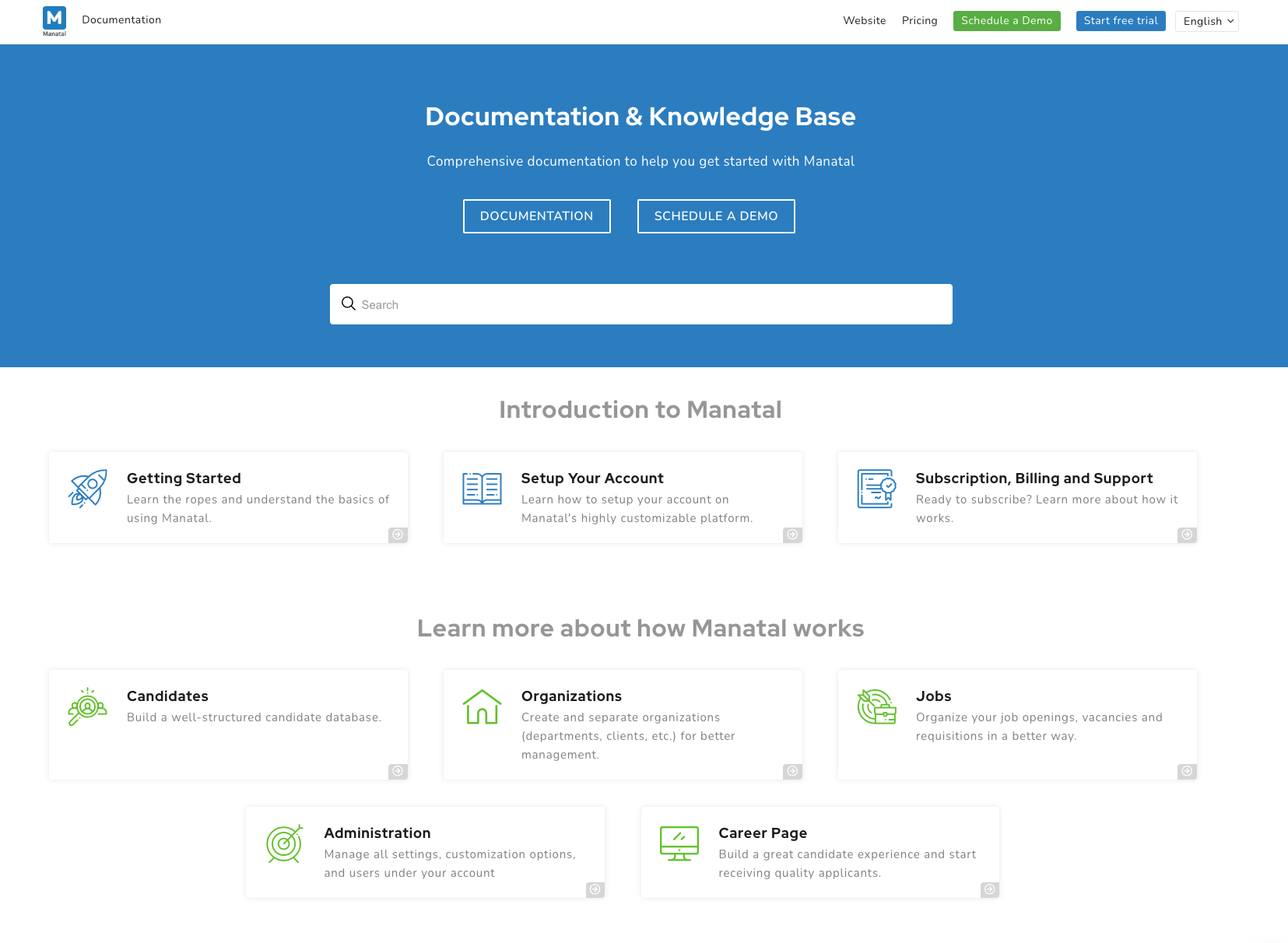In the modern recruitment landscape, AI is no longer just a buzzword; it’s a transformative tool. This guide is dedicated to understanding the nuances of AI-driven candidate screening and assessment, and how these technologies are redefining the way recruiters identify, engage, and select potential candidates.
📘 What will you learn by the end of this guide?
- The AI Landscape in Recruitment: A comprehensive overview of the AI tools and platforms available, their functionalities, and their impact on the recruitment process.
- Benefits of AI in Recruitment: A deeper understanding of the tangible and intangible advantages AI brings to the table.
- Practical Application: A hands-on approach to selecting, integrating, and optimizing AI tools for your unique recruitment needs.
🚀 Why is it important?
AI in recruitment is not just about speed; it’s about enhancing the entire recruitment experience.
Here’s why embracing it is crucial:
- Efficiency: Manually sifting through hundreds of resumes is time-consuming. AI can automate this, ensuring only the most relevant candidates are shortlisted.
- Unbiased Hiring: AI tools, when programmed correctly, can eliminate human biases, promoting a more diverse and inclusive workforce.
- Data-Driven Insights: AI provides actionable insights, helping recruiters understand patterns, predict trends, and make more informed decisions.
- Enhanced Candidate Experience: With timely feedback and streamlined processes, candidates feel more valued and engaged.
🔧 Here’s the step by step to do it:
Research the AI Landscape:
- Deep Dive: Explore industry reports, webinars, and case studies to understand the current AI trends in recruitment. Platforms like Gartner and Forrester offer in-depth insights.
- Attend Workshops: Many AI tool providers offer workshops and webinars. Participate to get a hands-on feel of the tools.
Identify Your Needs:
- Audit Your Process: Before integrating any tool, conduct a thorough audit of your current recruitment process. Identify bottlenecks, inefficiencies, and areas that need immediate attention.
- Gather Team Feedback: Your recruitment team is on the front lines. Gather their feedback on challenges they face and what they’d like in an AI tool.
Test and Choose the Right Tools:
- Pilot Programs: Instead of a full-scale implementation, start with a pilot program. This allows you to test the tool’s effectiveness without a significant commitment.
- Evaluate Metrics: Look at metrics like time saved, quality of candidates shortlisted, and user-friendliness.
Seamless Integration:
- Collaborate with IT: Work closely with your IT department to ensure the AI tool integrates seamlessly with existing systems.
- Data Migration: If you’re transitioning from one tool to another, ensure there’s a process in place for smooth data migration without loss.

Select a tool that offers seamless integration with your existing systems. Source: HireVue
Continuous Training:
- Regular Workshops: AI tools evolve rapidly. Organize monthly or quarterly workshops to keep your team updated.
- Feedback Mechanism: Encourage your team to provide feedback on the tool. This can be invaluable for future updates or changes.

Many tools have knowledge bases where you and your team can stay updated with their latest features. (Source)
Feedback Loop:
- Candidate Feedback: The candidates’ experience with the AI tool is crucial. Gather their feedback to understand if the tool made the process smoother for them.
- Iterative Improvements: Use the feedback to make iterative improvements to how you use the tool.
🔍 Here’s an example of it:
Case Study: Acme Tech and IDEAL

Background:
Acme Tech, a growing tech startup, was inundated with resumes for their open positions. The HR team was overwhelmed, leading to longer hiring times and missed opportunities with top talent.
Implementation:
- Acme Tech identified their primary challenge: Efficiently screening the high volume of resumes.
- After researching, they decided to pilot the AI-driven screening platform, IDEAL.
- The tool was integrated into their existing ATS with the help of their IT team.
- The HR team underwent a two-day workshop to understand the tool’s functionalities.
Results:
- Within the first month, Acme Tech saw a 50% reduction in manual screening time.
- The quality of candidates shortlisted improved, with a 30% increase in candidates clearing the first interview round.
- Feedback from candidates revealed that they appreciated the timely updates and feedback, enhancing the company’s employer brand.
🔜 Next steps:
Stay Updated:
- Subscribe to Newsletters: Platforms like AIHR and HR Technologist offer regular updates on the latest in AI recruitment.
- Join Online Forums: Platforms like Reddit and Quora have active discussions on AI in recruitment. Participate to gain insights from peers.
Expand AI Integration:
- Explore Other Areas: Beyond screening, look at AI-driven interview scheduling, onboarding, and even post-hire engagement.
- Collaborate with Vendors: Work closely with AI tool vendors for customized solutions tailored to your organization’s needs.
Measure ROI:
- Quantitative Metrics: Look at tangible metrics like time-to-hire, cost-per-hire, and quality of hire.
- Qualitative Metrics: Gather feedback from recruiters and candidates to understand the qualitative impact of the AI tool on the recruitment experience.
📚 Further resources:
- 📌 Top 14 AI Assessment Tools For Hiring
- 📌 AI-Driven Talent Assessment for Remote Tech Hiring
- 📌 Top 10 AI Recruiting Tools in 2023: Free Assessment Software [AI Screening tools cheatsheet]
- 📌 30 AI-driven Tools to Optimize Your Talent Acquisition Process [Tools for each part of the recruitment process]












